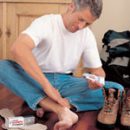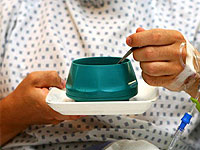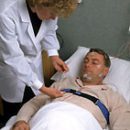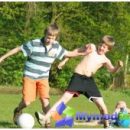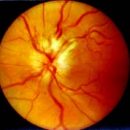For the rehabilitation of children with children's cerebral paralysis, the Peting method is used. What includes this method?
Content
Andras Sheeto
Conductive pedagogy was designed after World War II by the Hungarian doctor and the teacher Andrash Peto (Andras Peto). At first, this approach was used only at the Institute of Conductive Pedagogy in Budapest, wearing the name of the author, and eventually gained popularity and began to be applied in many countries of the world.
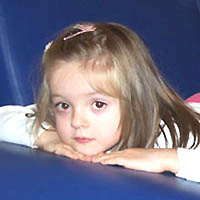 Conductive pedagogy is based mainly on the educational intervention model and combines pedagogical and rehabilitation purposes in one program. This concept is aimed at helping children with motor disorders to purchase «Orthofunctions», What is defined as the ability to take part and function in society, despite its motor inferiority. Conductive pedagogy is based on the idea that the nervous system, despite damage, still has the ability to form new nervous ties.
Conductive pedagogy is based mainly on the educational intervention model and combines pedagogical and rehabilitation purposes in one program. This concept is aimed at helping children with motor disorders to purchase «Orthofunctions», What is defined as the ability to take part and function in society, despite its motor inferiority. Conductive pedagogy is based on the idea that the nervous system, despite damage, still has the ability to form new nervous ties.
According to Professor Peto, motor disorders are developing not only due to damage to the central nervous system, but mainly due to the lack of coordination and interaction between different brain departments and their functions. This ability of the nervous system can be mobilized using an appropriately directed, active learning process.
In the treatment of patients with cerebral clauses, classes are held in specialized groups with a number of 10 to 25 children. Children are engaged together, watch and encourage each other to perform exercises. Conductors lead a group and provide motivating environment and emotional support. The objectives of the program are determined by the overall level of development of the group and the skills of each individual child.
Classes in groups are structured and carried out in accordance with the developed program. The program includes blocks consisting of exercise complexes and pedagogical classes that are conducted in a game form. Complexes of exercises, as well as tasks included in them, are selected depending on the nature of the pathology of the child, its motor and intellectual possibilities. All exercises of the complex are based on physiological movements.
Complex exercise
The complex includes exercises with different objects and sports shells, exercises with the ball, on the steps, on the gymnastic shop, with a gymnastic stick, and walking with complicated tasks and exercises near the Swedish wall. During motor exercises, furniture equipment specially designed for this technique is used - ladders, tables, boxes made of wooden rounded lacquered planks.
During classes, rhythms and songs are widely used, which is called «Rhythmic intent» RHYTHMICAL INTENTION). The rhythmic intention is verbal rhythmic instructions that are served during the task series. With the help of rhythm, songs and poems, the background rhythm of motor activity is set, which promotes learning and motivating the child, and also helps to draw attention to the movement that is currently being carried out.
The effectiveness of the participation of the child in the rehabilitation process depends largely on its motivation. As a rule, children with cerebral palsy in their actions. The method of conductive pedagogy requires the active participation of the child in overcoming its motor inferiority. The right goal gives the child due motivation to classes, increases self-esteem. The classes program provides for the continuous participation of the child in different types of activities that children learn to think and act in different situations. A great importance in the formation of motivation has a child's desire to success and achieve the predicted result. Therefore, even very little success receives positive support and encouragement from conductors.


